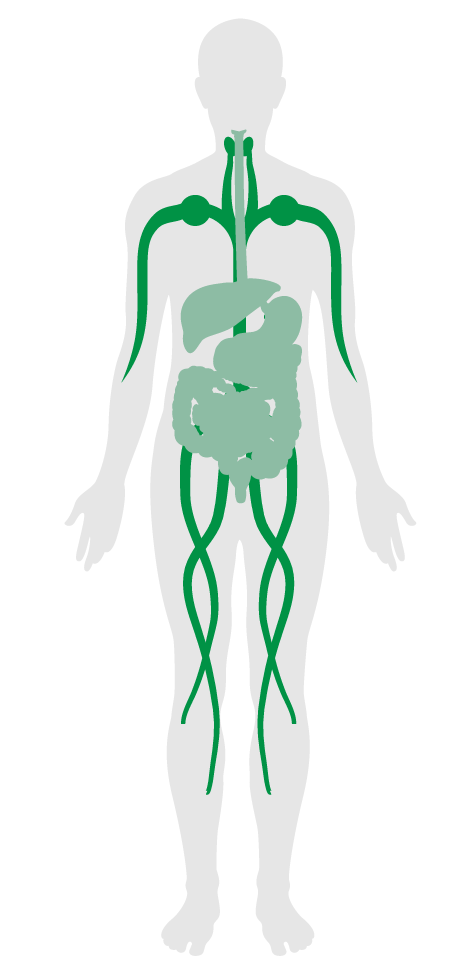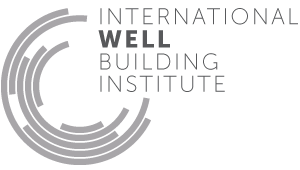Water treatment
36. Water treatment
There are many types of contaminants that may compromise water quality, from pathogens and heavy metals to pesticide and herbicide residues. While routine testing helps to keep track of potential pollutants, sampling alone cannot guarantee the elimination of all risk. Disruptions to water supply, droughts, flooding and construction and infrastructure changes can temporarily affect water quality. Therefore, implementing and maintaining appropriate water filters is key in order to continuously deliver high quality water.
This feature prescribes technologies designed to maintain high water quality irrespective of variations to the water supply through the provisioning of various precautionary filtration and sterilization processes. Options include carbon filters, sediment filters and UV sanitization.
All water being delivered to the project area for human consumption or showers/baths is treated with the following:
All water being delivered to the project area for human consumption or showers/baths is treated with the following:
All water being delivered to the project area for human consumption or showers/baths is treated with one of the following:
To verify that the selected filtration/sanitation system chosen continues to operate as designed, projects must annually provide the IWBI with:
A point-by-point narrative describes how the building addresses Legionella, and includes the following:

Applicability Matrix
| Core & Shell | New & Existing Buildings | New & Existing Interiors | |
|---|---|---|---|
| Part 1: Organic Chemical Removal | O | O | O |
| Part 2: Sediment Filter | O | O | O |
| Part 3: Microbial Elimination | O | O | O |
| Part 4: Water Quality Maintenance | O | O | O |
| Part 5: Legionella Control | O | O | O |
| Commercial Kitchen | Education | Multifamily Residential | Restaurant | Retail | |
|---|---|---|---|---|---|
| Part 1: Organic Chemical Removal | O | O | O | O | O |
| Part 2: Sediment Filter | O | O | O | O | O |
| Part 3: Microbial Elimination | O | O | O | O | O |
| Part 4: Water Quality Maintenance | O | O | O | O | O |
| Part 5: Legionella Control | O | O | O | O | O |
Verification Methods Matrix
| Letters of Assurance | Annotated Documents | On-Site Checks | |
|---|---|---|---|
| Part 1: Organic Chemical Removal | MEP | Spot Check | |
| Part 2: Sediment Filter | MEP | Spot Check | |
| Part 3: Microbial Elimination | MEP | Spot Check | |
| Part 4: Water Quality Maintenance | Operations Schedule | ||
| Part 5: Legionella Control | Professional Narrative |
| 36.5.a |
ASHRAE's proposed Hazard Analysis and Critical Control Point Plan requires the development of a team comprised of members who understand the building's water systems and the principles of the plan. |
| 36.5.b |
ASHRAE's proposed Hazard Analysis and Critical Control Point Plan requires teams to develop at least two process flow diagrams mapping the receipt, processing and delivery of water to occupants. |
| 36.5.c |
ASHRAE's proposed Hazard Analysis and Critical Control Point plan for preventing building associated legionellosis includes conducting a hazard analysis. |
| 36.5.d |
ASHRAE's proposed Hazard Analysis ad Critical Control Point plan includes identifying critical control points. |
| 36.5.e |
ASHRAE's Hazard Analysis and Critical Control Point plan for preventing building associated legionellosis includes monitoring identified control points and establishing procedures for corrective measures. |
| 36.5.f |
ASHRAE's proposed Hazard Analysis and Critical Control Point plan for preventing building-associated legionellosis includes establishing documentation and verification procedures. |
| 36.1.a |
The Minnesota Department of Health notes that "A filter with granular activated carbon (GAC) is a proven option to remove certain chemicals, particularly organic chemicals, from water". |
| 36.3.a |
The US EPA's Alternative Disinfectants and Oxidants Guidance Manual notes that the optimum UV range is between 245 and 285 nm, which corresponds to UV-C radiation (200-280 nm). |
